The Raketa Watch Factory launches a new tool watch dedicated to the Lun-class Ekranoplan: a Soviet era hybrid machine — half ship, half plane — unlike anything else in the world.
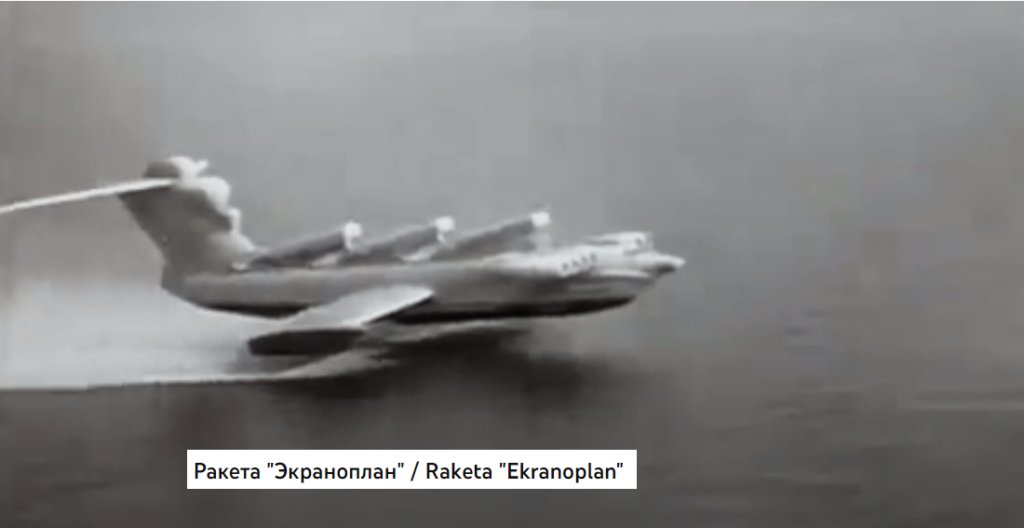

Legendary soviet achievement
Part ship & part plane, the Lun-class Ekranoplan was built in the early 80s by the Soviet Union as an experimental coastal defence vehicle. It can claim to be one of the most extraordinary machines ever built by mankind. It combined the best characteristics of a ship and that of a plane: it could carry as much cargo as a ship and fly as fast as an airplane at speeds of up to 500 km/h. It flew over distances of up to 2,000 km using lift generated by the “ground effect” acting on its large wings when about 4 metres above the surface of the water. This enabled the Ekranoplan to fly undetected by radars.
The name “Lun” was chosen because it comes from the Russian word for “harrier”, a bird which characteristically hunts by flying silently low over open ground.
A remnant of the past
The only Lun-class Ekranoplan ever built lies today on a beach of the Caspian sea near the city of Derbent (Russia) as a lonely reminder of past achievements. With its gigantic size, unique hybrid characteristics and quirky design, the Ekranoplan is a testimony to the incredible originality of Soviet-era engineering. Even now, after almost half a century, it looks incredibly futuristic.
A watch as testimony to the Ekranoplan Lun
The Raketa Watch Factory has always been inspired by incredible human technical achievements. It has therefore designed and manufactured a tool watch as testimony to the Ekranoplan. Raketa also hopes this will attract more attention to the Ekranoplan, and thus contribute to saving it.
Especially for this model, Raketa developed a new stainless steel case and metal band: its sturdy design corresponds to the looks and spirit of the Soviet-era Ekranoplan. The Raketa “Ekranoplan” watch is directly linked to the Lun-class Ekranoplan:
– The insert of the rotating bezel is made from a piece of metal from the Lun-class Ekranoplan, officially given by the city of Derbent which is in charge of safeguarding the Ekranoplan;
– The design of the compass markings on the bezel is directly inspired by the design of the compass on the control panel in the cockpit of the Ekranoplan;
– An embossed image of the Ekranoplan is printed on the dial.
The back of the watch reveals the beautifully decorated 24-hour automatic movement which is entirely produced by the Raketa Watch Factory in Saint-Petersburg.
The Raketa “Ekranoplan” watch model is limited to 500 pieces.
Each watch model is complemented with a leather strap. The model is also available as part of a Gift set which includes the Raketa “Ekranoplan” watch model with stainless steel bracelet, an additional leather strap and a 1:400 scale model of the Lun-class Ekranoplan.
The price
The cost of the watch is 1.667 EUR (without VAT) $2,410.08 CAD at time of writing. The cost of the Gift set is 2083 EUR (without VAT) $3,011.52 CAD at time of writing. For the comfort of customers, Raketa watches are delivered worldwide free of charge by DHL directly up to their front door.

The insert of the rotating bezel is made from a piece of metal from the Lun-class Ekranoplan.
Specifications
| Factory: | Raketa Watch Factory (Saint-Petersburg) |
| Movement: | |
| Calibre: | 2624 |
| Functions: | Automatic |
| Number of jewels: | 24 |
| Testing positions: | 4 |
| Average rate (s/d): | -10+20 |
| Average running time (h): | 40 |
| Frequency/hour: | 18.000 / 2.5Hz |
| Bi-directional automatic winding | Yes |
| Decoration: | Nanocoating Neva waves |
| Case: | |
| Material: | Stainless steel |
| Material of the bezel insert: | Metal from the Lun-class Ekranoplan |
| Size: | 41,6 mm |
| Front glass: | Sapphire |
| Back glass: | Mineral |
| Water resistance: | 20 АТМ |
| Hands: | Superluminova |
| Dial: | Superluminova |
| Strap/bracelet: | |
| Material: | Stainless steel Genuine leather |
| Width: | 22 mm |
| Sex: | Male |
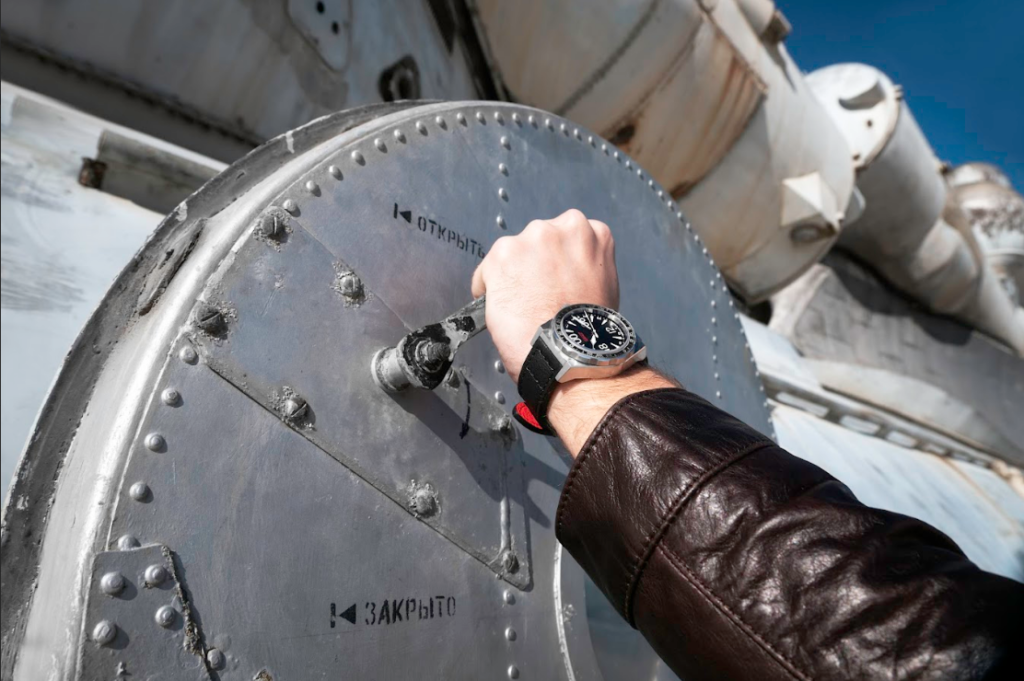
For the Silo, Lera Komolova. Photos: Lera Komolova
RAKETA “EKRANOPLAN”
Entre ciel et mer !
La Manufacture horlogère Raketa lance une nouvelle montre spécialisée qui est dédiée à l’Ekranoplan Lun : un appareil hybride de l’ère soviétique – mi-avion, mi-bateau – absolument unique en son genre.
Un exploit légendaire de l’époque soviétique
Construit par l’Union soviétique au début des années 1980 en tant qu’engin expérimental de défense côtière – mi-avion, mi-bateau – l’Ekranoplan peut être considéré comme l’une des machines les plus extraordinaires jamais créées par l’homme. L’Ekranoplan réunissait les meilleures qualités d’un navire et d’un avion : il pouvait déplacer autant de cargaison qu’un bateau et pouvait voler aussi vite qu’un avion en atteignant une vitesse de 500 km/h. Il volait à des distances allant jusqu’à 2 000 km grâce à “l’effet d’écran” qui se formait sous ses immenses ailes à environ 4 mètres au-dessus de la surface de la mer. Ceci lui permettait de se déplacer sans être repéré par les radars.
Son nom « Lun » se traduit du russe comme « le busard », et non sans raison, car cet oiseau de proie est connu pour sa chasse en vol silencieux à basse altitude.
Un témoin du passé
Le seul Ekranoplan Lun jamais construit se trouve aujourd’hui sur une plage de la mer Caspienne près de la ville de Derbent (Russie), comme un rappel solitaire des exploits passés. Sa taille gigantesque, ses caractéristiques uniques et son étrange design témoignent de la force et de l’originalité de l’ingénierie soviétique. Encore aujourd’hui, presque cinquante ans après sa conception, il a l’air extrêmement futuriste.
Une montre en hommage à l’Ekranoplan Lun
La Manufacture horlogère Raketa a toujours été inspirée par les plus grands exploits techniques humains. Elle a donc produit une montre spécialisée en hommage à l’Ekranoplan Lun. Raketa souhaite aussi attirer l’attention sur l’Ekranoplan Lun et contribuer ainsi à sa préservation.
Un nouveau boîtier et bracelet en acier ont spécialement été conçus pour ce modèle : leur design rugueux et viril correspond à l’esprit de l’Ekranoplan soviétique. Le modèle Raketa “Ekranoplan” a plusieurs liens avec l’Ekranoplan Lun :
– l’insert de la lunette tournante est fabriqué à partir d’un morceau de métal de l’Ekranoplan Lun, officiellement transmis à la Manufacture Raketa par la ville de Derbent (qui est en charge de la préservation de l’Ekranoplan) ;
– le design des signes de boussole sur la lunette est inspiré de la boussole du tableau de commande situé dans le cockpit de l’Ekranoplan ;
– une image embossée de l’Ekranoplan est imprimée sur le cadran.
Le fond du boîtier permet de contempler un mouvement automatique à 24 heures Raketa, magnifiquement décoré et entièrement créé par la manufacture horlogère Raketa de Saint-Pétersbourg.
Raketa “Ekranoplan” est une édition limitée à 500 pièces.
Chaque montre est livrée avec un bracelet en cuir supplémentaire. Le modèle est également disponible dans un coffret cadeau comprenant la montre Raketa “Ekranoplan” et son bracelet en acier, un bracelet cuir supplémentaire et la maquette de l’Ekranoplan Lun à une échelle de 1:400.
Prix
Le prix est de 1 667 EUR HT pour la montre seule et de 2 083 EUR HT pour le coffret cadeau. Pour le confort de nos clients, les montres Raketa sont livrées gratuitement dans le monde entier par DHL jusqu’à leur porte d’entrée.
Spécifications
| Manufacture : | Manufacture de montres Raketa (Saint-Pétersbourg) |
| Mouvement : | |
| Calibre: | 2624 |
| Fonctions : | Automatique, 24 heures |
| Nombre de rubis : | 24 |
| Positions de reglages : | 4 |
| Marche moyenne (s/j) : | -10+20 |
| Réserve de marche moyenne (h) : | 40 |
| Fréquence/heure : | 18.000 / 2.5Hz |
| Remontage automatique bidirectionnel : | Oui |
| Décoration : | Nanorevêtement Côtes de NevaImpression |
| Boitier : | |
| Matériau : | Acier inoxydable |
| Matériau de l’insert de la lunette : | Métal de l’Ekranoplan “Lun” |
| Diamètre : | 41,6 mm |
| Glace côté cadran : | Sapphire |
| Glace arrière : | Minéral |
| Etanchéité : | 20 АТМ |
| Aiguilles : | Superluminova |
| Cadran : | Superluminova |
| Bracelet : | |
| Matériau : | Acier inoxydableCuir véritable |
| Largeur : | 22 mm |
| Sexe : | Masculin |

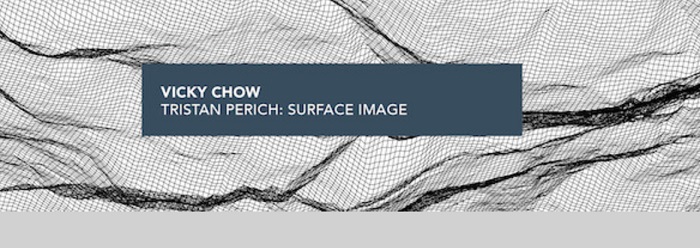
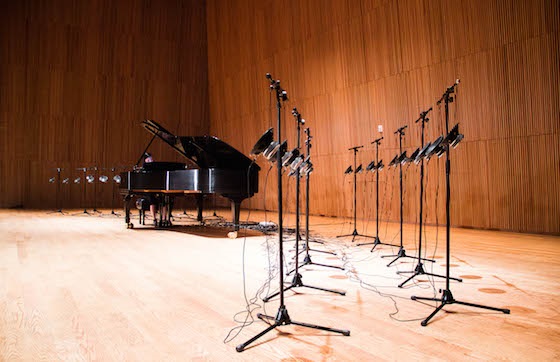

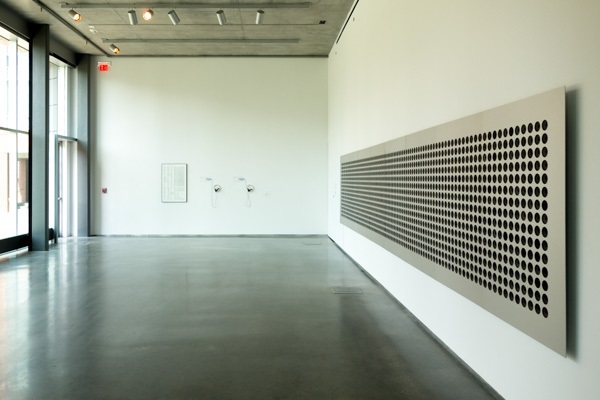
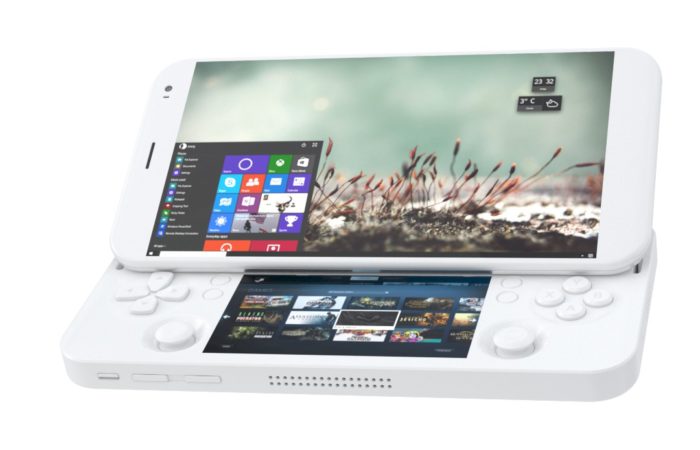
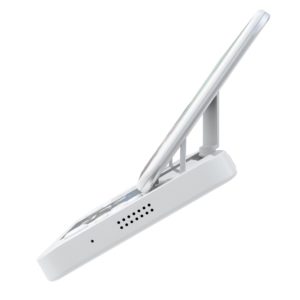 PGS has an innovative side slider which houses the gaming control surfaces. Very, very slick. One of the key features of the device is two high-resolution displays with 5.9″ and 5.5″ diagonal for the main and for the auxiliary displays respectively. The battery, which capacity is 6800mAh, provides around 5 hours of work for demanding games. Among other features of the device are: LTE module, high-quality audio speakers, front and rear cameras, wireless charging, Smart Active Cooling System (allows the chips to work at maximum frequencies). For the Silo, Alexander Arjannikov.
PGS has an innovative side slider which houses the gaming control surfaces. Very, very slick. One of the key features of the device is two high-resolution displays with 5.9″ and 5.5″ diagonal for the main and for the auxiliary displays respectively. The battery, which capacity is 6800mAh, provides around 5 hours of work for demanding games. Among other features of the device are: LTE module, high-quality audio speakers, front and rear cameras, wireless charging, Smart Active Cooling System (allows the chips to work at maximum frequencies). For the Silo, Alexander Arjannikov.